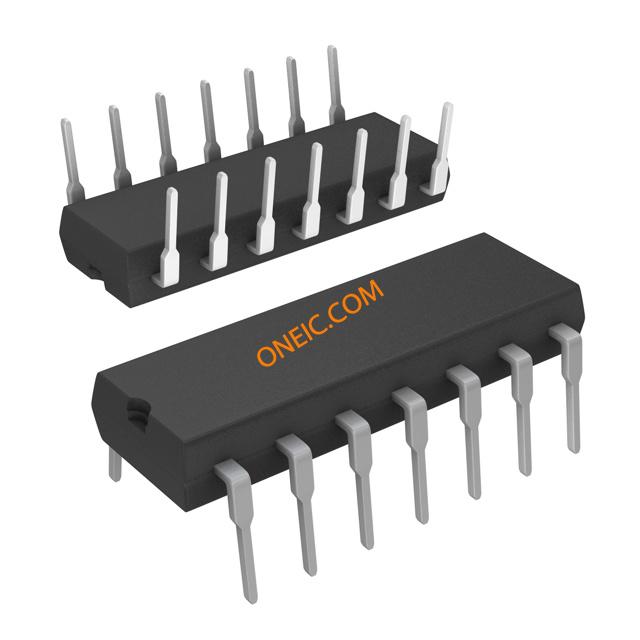LM139N
Quad differential comparators in 14-pin PDIP for versatile electronic circuits
Manufacturer: ['stm', 'ti']
series introduction
# LM139N Product Series Introduction
## 1. Overview
The LM139N belongs to a well - known and widely used family of quad differential comparators. These integrated circuits are designed to compare two input voltages and provide a digital output indicating which input is larger. The "LM" prefix is often associated with Texas Instruments and other semiconductor manufacturers, and the "139N" specifically refers to this particular quad comparator product series.
## 2. Key Features
### 2.1 High - Speed Operation
The LM139N offers relatively high - speed response times. This allows it to quickly detect changes in the input voltage levels and provide an updated output. For applications where rapid decision - making based on voltage comparisons is required, such as in pulse - width modulation (PWM) control circuits or high - frequency signal processing, the fast response time of the LM139N is a significant advantage.
### 2.2 Low Power Consumption
One of the notable features of the LM139N is its low power consumption. This makes it suitable for battery - powered devices or applications where power efficiency is a critical concern. The low power operation helps to extend the battery life of portable devices and reduces the overall energy consumption in larger systems, contributing to cost savings and environmental friendliness.
### 2.3 Wide Supply Voltage Range
The LM139N can operate over a wide range of supply voltages. It can typically function with supply voltages ranging from a few volts up to a relatively high value (e.g., 2 V to 36 V). This wide supply voltage range provides flexibility in different circuit designs, allowing it to be used in various power - supply configurations, whether it's a low - voltage microcontroller - based system or a higher - voltage industrial control circuit.
### 2.4 Open - Collector Outputs
Each of the four comparators in the LM139N has an open - collector output. This type of output configuration offers several benefits. It allows for easy interfacing with other digital circuits, as the open - collector output can be pulled up to a desired voltage level using an external resistor. It also enables the use of wired - AND connections, where multiple open - collector outputs can be connected together to perform a logical AND operation.
## 3. Pin Configuration
The LM139N is usually available in a standard 14 - pin dual - in - line package (DIP). The pinout is carefully designed to provide easy access to the inputs and outputs of each of the four comparators.
- **Input Pins**: Each comparator has two input pins, a non - inverting input (+) and an inverting input (-). These pins are used to apply the voltages that need to be compared.
- **Output Pins**: The open - collector output pins of each comparator are clearly labeled. They are used to connect to external pull - up resistors and other digital circuits.
- **Power Supply Pins**: There are pins for connecting the positive and negative supply voltages, which provide the necessary power for the operation of the comparators.
## 4. Applications
### 4.1 Voltage Level Detection
The LM139N can be used to detect whether a voltage is above or below a certain threshold. For example, in a battery - monitoring system, it can compare the battery voltage with a predefined reference voltage. If the battery voltage drops below the reference, the output of the comparator can trigger an alarm or a power - saving mode in the device.
### 4.2 Signal Conditioning
In analog - to - digital conversion systems, the LM139N can be used for signal conditioning. It can convert an analog signal into a digital signal by comparing the analog input with a series of reference voltages. This is useful in applications such as data acquisition systems, where analog
Images for reference

14-DIP